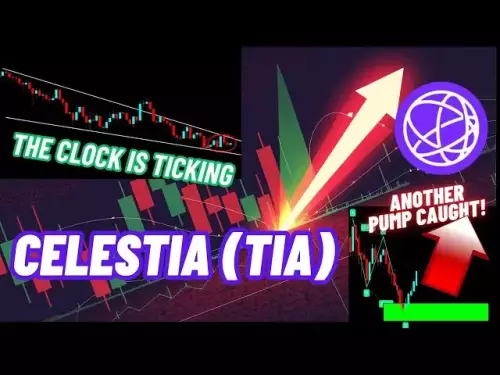-
 Bitcoin
Bitcoin $108300
-2.56% -
 Ethereum
Ethereum $4395
-1.64% -
 XRP
XRP $2.833
-2.65% -
 Tether USDt
Tether USDt $1.000
-0.01% -
 BNB
BNB $859.3
-1.19% -
 Solana
Solana $206.5
-4.32% -
 USDC
USDC $0.9999
0.00% -
 Dogecoin
Dogecoin $0.2172
-1.48% -
 TRON
TRON $0.3397
-1.23% -
 Cardano
Cardano $0.8361
-1.03% -
 Chainlink
Chainlink $23.37
-3.16% -
 Hyperliquid
Hyperliquid $44.50
-2.30% -
 Ethena USDe
Ethena USDe $1.001
-0.03% -
 Sui
Sui $3.318
-3.27% -
 Stellar
Stellar $0.3616
-2.99% -
 Bitcoin Cash
Bitcoin Cash $532.7
-4.23% -
 Cronos
Cronos $0.2999
-1.70% -
 Avalanche
Avalanche $23.71
-4.83% -
 Hedera
Hedera $0.2280
-2.65% -
 UNUS SED LEO
UNUS SED LEO $9.501
-0.86% -
 Litecoin
Litecoin $110.8
-1.83% -
 Toncoin
Toncoin $3.091
-1.26% -
 Shiba Inu
Shiba Inu $0.00001240
-1.06% -
 Polkadot
Polkadot $3.814
-2.77% -
 Uniswap
Uniswap $9.712
-2.23% -
 Dai
Dai $0.9999
0.00% -
 Bitget Token
Bitget Token $4.546
-1.23% -
 Aave
Aave $317.7
0.91% -
 Monero
Monero $261.9
-0.95% -
 Ethena
Ethena $0.6649
-0.51%
How to trade with BUSD on Binance?
BUSD is a stable, regulated USD-pegged coin on Binance, ideal for trading, risk management, and earning passive income across multiple blockchains.
Aug 30, 2025 at 07:42 am
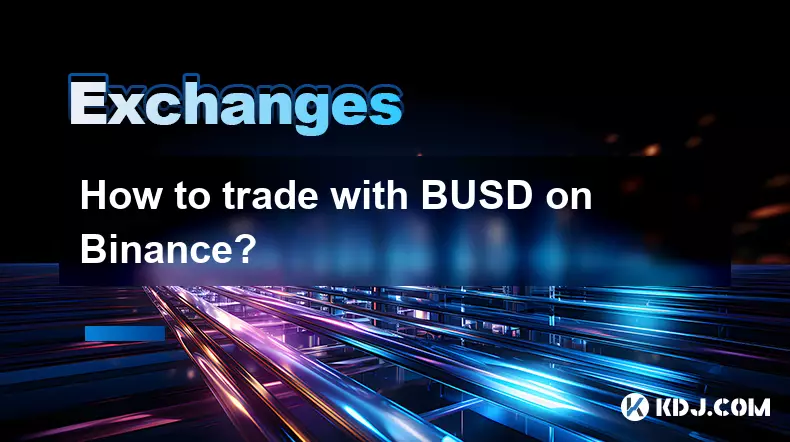
Understanding BUSD and Its Role in Binance Trading
1. BUSD, or Binance USD, is a stablecoin pegged to the value of the U.S. dollar, meaning 1 BUSD is always equivalent to 1 USD. This stability makes it a preferred choice for traders seeking to minimize volatility while remaining active in the crypto market. Being regulated and issued by Binance in partnership with Paxos, BUSD offers transparency and reliability.
2. On Binance, BUSD serves as a bridge between fiat and cryptocurrencies. Traders use it to enter and exit positions quickly without converting back to traditional currency. It’s widely accepted across trading pairs, including BTC/BUSD, ETH/BUSD, and various altcoins, providing high liquidity and tight spreads.
3. Because BUSD is ERC-20 and BEP-20 compatible, it can be transferred across multiple blockchain networks. This interoperability allows seamless movement of funds between decentralized applications and Binance’s centralized exchange, enhancing flexibility in trading strategies.
4. Stablecoins like BUSD are essential for risk management during high market volatility, allowing traders to preserve capital while staying within the exchange ecosystem. Unlike volatile assets, BUSD maintains consistent value, making it ideal for holding during uncertain market conditions.
5. Binance users can earn passive income on their BUSD holdings through savings products, staking, or participating in launchpools. This adds utility beyond trading, encouraging users to keep BUSD balances active rather than converting to fiat.
Setting Up Your Binance Account for BUSD Trading
1. To begin trading with BUSD, ensure your Binance account is fully verified. Complete identity verification (KYC) to unlock higher withdrawal limits and access advanced trading features, including margin and futures trading with BUSD as collateral.
2. Deposit funds into your Binance account using a supported method such as bank transfer, credit card, or cryptocurrency. You can directly purchase BUSD using fiat currency through the “Buy Crypto” section, selecting your preferred payment method.
3. Navigate to the “Wallet” section and select “Spot Wallet” to confirm your BUSD balance is available for trading. Ensure the network selected for deposits or withdrawals matches the sender’s network to avoid fund loss.
4. Familiarize yourself with the Binance trading interface. Access the “Trade” tab, choose “Classic” or “Advanced” mode, and search for trading pairs that include BUSD, such as ADA/BUSD or XRP/BUSD.
5. Enable two-factor authentication (2FA) for added security. Since BUSD holds monetary value equivalent to USD, securing your account with Google Authenticator or SMS protection is critical to prevent unauthorized access.
Executing Trades Using BUSD on Binance
1. Select a trading pair involving BUSD, for example, SOL/BUSD. Analyze price charts using built-in tools like volume indicators, moving averages, and RSI to determine entry and exit points.
2. Choose between market, limit, or stop-limit orders based on your strategy. A limit order allows you to set a specific price at which you want to buy or sell SOL using BUSD, giving more control over execution.
3. Enter the amount of SOL you wish to purchase or the quantity of BUSD you want to spend. The platform will display the estimated cost, fees, and final amount based on current market conditions.
4. Always review transaction details before confirming. Incorrect order types or amounts can lead to unintended losses, especially in fast-moving markets. Once submitted, monitor open orders in the “Open Orders” section and cancel if market conditions change.
5. After completing a trade, your assets are reflected in the spot wallet. You can hold the acquired cryptocurrency, sell it back to BUSD later, or transfer it to another wallet or exchange for further use.
Frequently Asked Questions
What fees are associated with trading BUSD on Binance?Binance charges standard trading fees based on your 30-day trading volume and BNB holdings. Using BNB to pay fees grants a discount. Deposit fees for BUSD are typically zero, while withdrawal fees vary by network (e.g., BSC or Ethereum).
Can I convert BUSD to fiat and withdraw to my bank account?Yes. Use the “Withdraw” function in the fiat section, select BUSD, and convert it to your local currency. Binance supports direct bank withdrawals in select regions, allowing you to cash out BUSD holdings efficiently.
Is BUSD the same as USDT on Binance?Both are stablecoins pegged to the USD, but BUSD is regulated by the NYDFS and offers greater transparency in audits. While USDT has higher global volume, BUSD is preferred on Binance due to lower fees and native integration.
Can I use BUSD in Binance futures trading?Yes. BUSD is supported as collateral in Binance’s USDⓈ-M futures contracts. Traders can open positions using BUSD, benefiting from leverage while maintaining a stable asset base for margin requirements.
Disclaimer:info@kdj.com
The information provided is not trading advice. kdj.com does not assume any responsibility for any investments made based on the information provided in this article. Cryptocurrencies are highly volatile and it is highly recommended that you invest with caution after thorough research!
If you believe that the content used on this website infringes your copyright, please contact us immediately (info@kdj.com) and we will delete it promptly.
- Bitcoin vs. Altcoins: Decoding the Dominance Shift
- 2025-08-30 13:25:27
- Luxury Brands, Crypto Adoption, and the Web3 Revolution: What's the Deal?
- 2025-08-30 13:05:14
- BlockDAG, ETH, and PEPE Coin: Decoding the Crypto Hype in the City That Never Sleeps
- 2025-08-30 11:50:12
- Paige Bueckers, Micah Parsons, and Luka Doncic: A whirlwind of trades, stardom, and cross-sport admiration
- 2025-08-30 09:25:36
- Bitcoin, Settlement, and Accounting Standards: A New Era of Transparency?
- 2025-08-30 10:10:12
- Bitcoin Price, Eric Trump, and AMDax: A Million-Dollar Prediction and a 1% Supply Grab
- 2025-08-30 10:45:57
Related knowledge
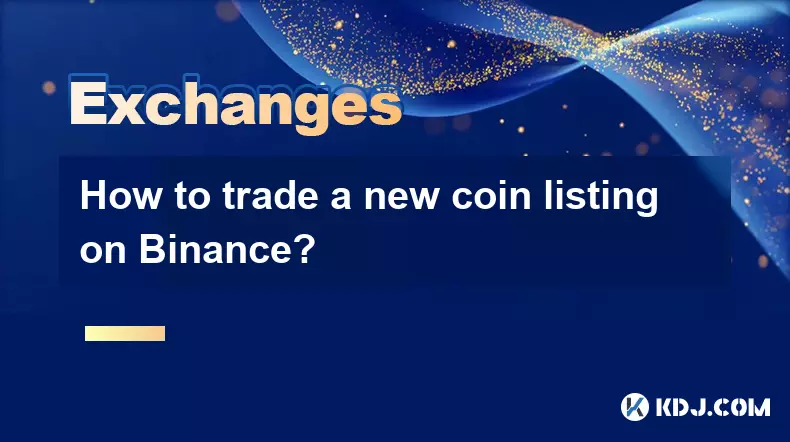
How to trade a new coin listing on Binance?
Aug 29,2025 at 11:14am
Understanding the Pre-Listing Phase1. Research the project thoroughly before any listing announcement. Whitepapers, team backgrounds, and community se...
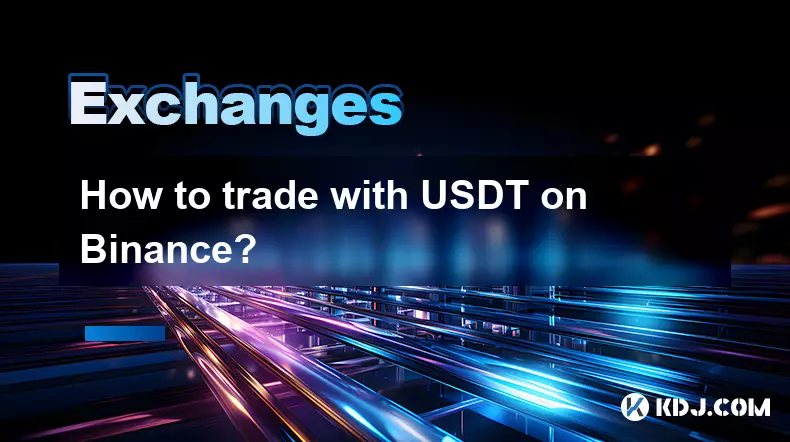
How to trade with USDT on Binance?
Aug 30,2025 at 02:19am
Getting Started with USDT Trading on Binance1. Create and verify your Binance account. Visit the official Binance website and complete the registratio...

How to trade with BUSD on Binance?
Aug 30,2025 at 07:42am
Understanding BUSD and Its Role in Binance Trading1. BUSD, or Binance USD, is a stablecoin pegged to the value of the U.S. dollar, meaning 1 BUSD is a...
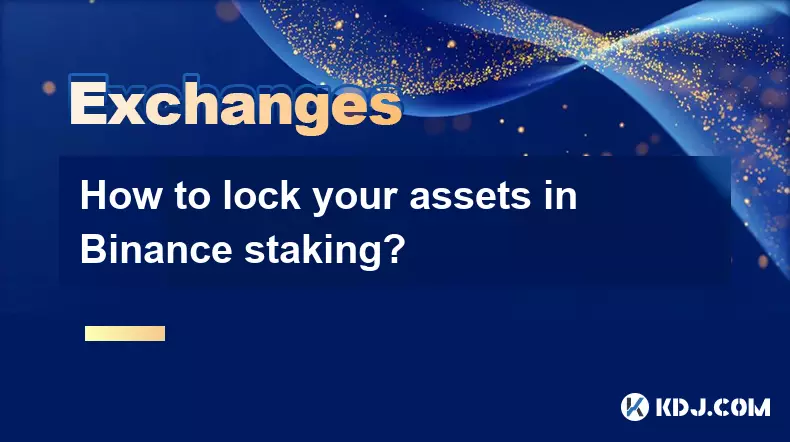
How to lock your assets in Binance staking?
Aug 30,2025 at 01:37pm
Understanding Binance Staking Options1. Binance offers multiple staking products including Locked Staking, DeFi Staking, and Liquid Staking. Each prod...
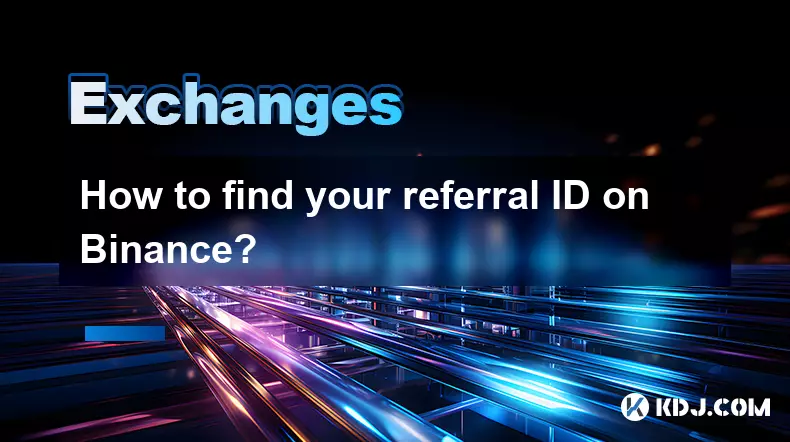
How to find your referral ID on Binance?
Aug 30,2025 at 12:18am
Understanding the Importance of a Referral ID on Binance1. A referral ID on Binance is a unique identifier assigned to each user who participates in t...
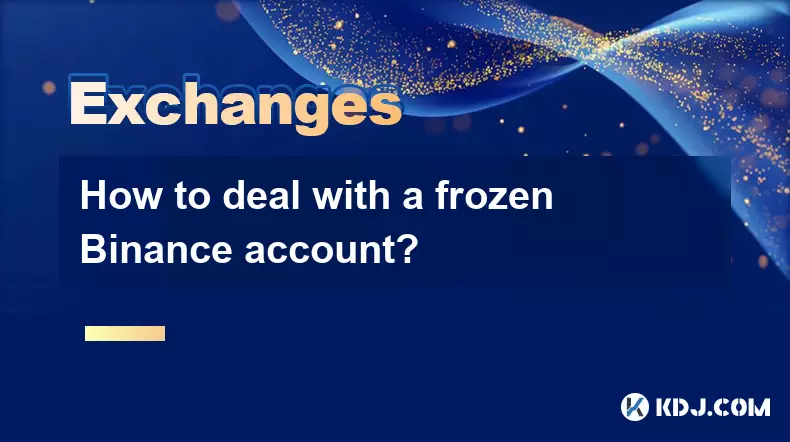
How to deal with a frozen Binance account?
Aug 30,2025 at 05:52am
Understanding the Reasons Behind a Frozen Binance Account1. Accounts on Binance may be frozen due to security concerns, especially after unusual login...

How to trade a new coin listing on Binance?
Aug 29,2025 at 11:14am
Understanding the Pre-Listing Phase1. Research the project thoroughly before any listing announcement. Whitepapers, team backgrounds, and community se...

How to trade with USDT on Binance?
Aug 30,2025 at 02:19am
Getting Started with USDT Trading on Binance1. Create and verify your Binance account. Visit the official Binance website and complete the registratio...

How to trade with BUSD on Binance?
Aug 30,2025 at 07:42am
Understanding BUSD and Its Role in Binance Trading1. BUSD, or Binance USD, is a stablecoin pegged to the value of the U.S. dollar, meaning 1 BUSD is a...

How to lock your assets in Binance staking?
Aug 30,2025 at 01:37pm
Understanding Binance Staking Options1. Binance offers multiple staking products including Locked Staking, DeFi Staking, and Liquid Staking. Each prod...

How to find your referral ID on Binance?
Aug 30,2025 at 12:18am
Understanding the Importance of a Referral ID on Binance1. A referral ID on Binance is a unique identifier assigned to each user who participates in t...

How to deal with a frozen Binance account?
Aug 30,2025 at 05:52am
Understanding the Reasons Behind a Frozen Binance Account1. Accounts on Binance may be frozen due to security concerns, especially after unusual login...
See all articles


























